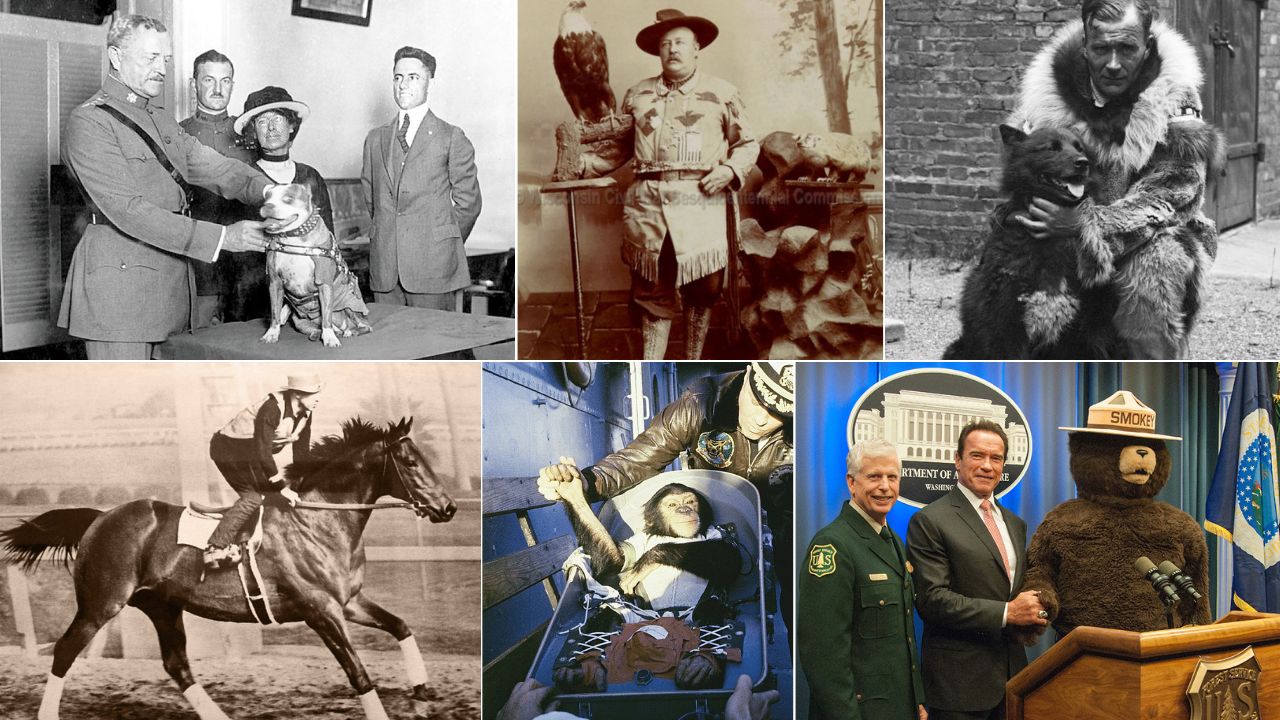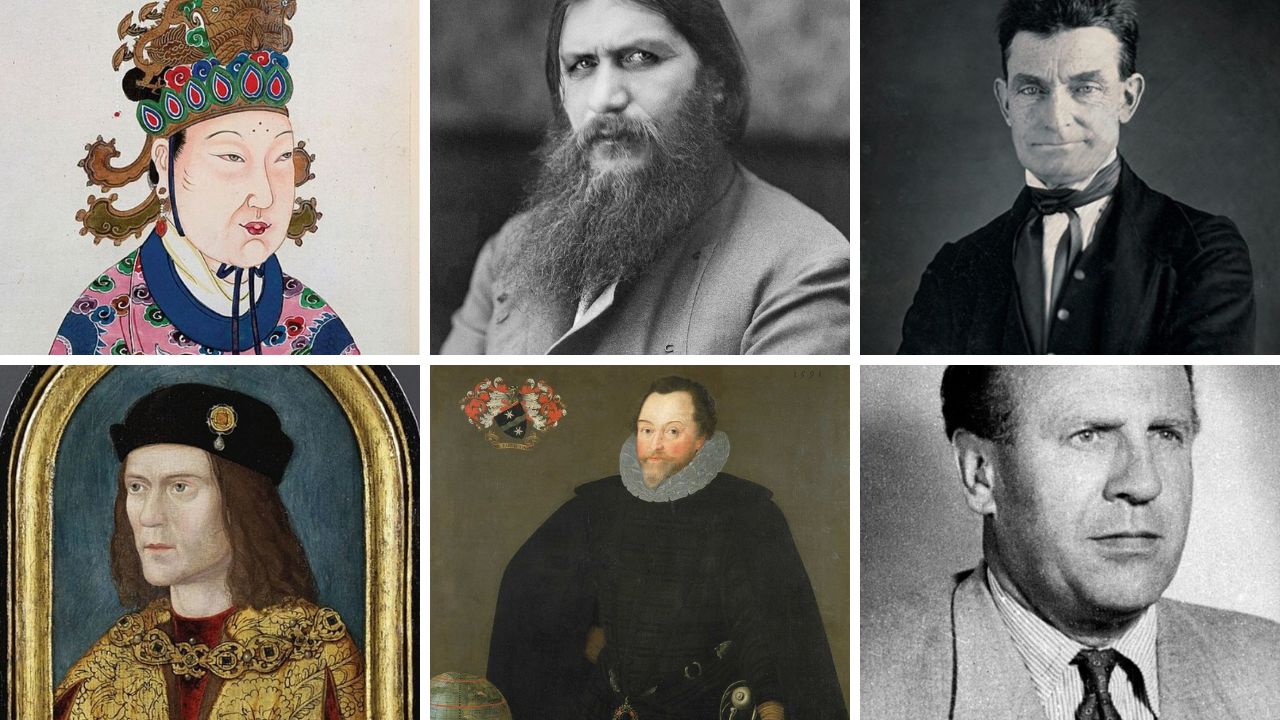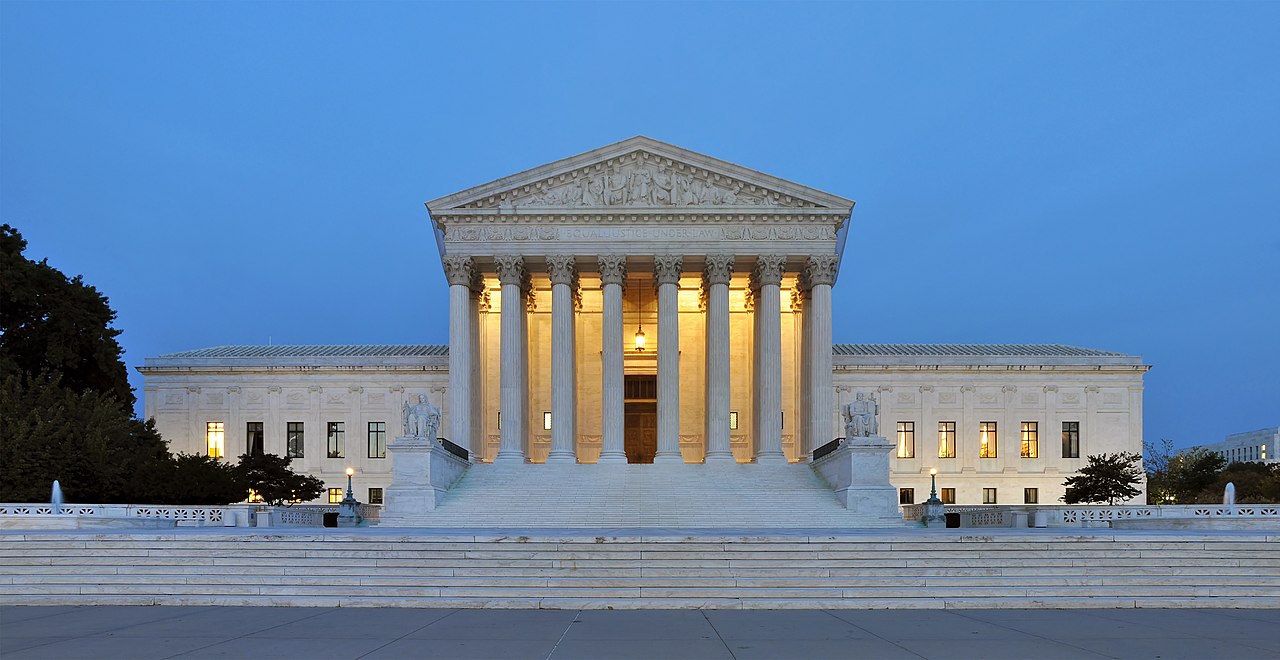American history is full of animals whose actions shifted policy, science, media, and public spirit. These ten entries list dates, places, and measurable outcomes so the impact is clear. You will see a Civil War eagle that became a military symbol, a pigeon that saved a trapped unit, sled dogs that stopped an epidemic, and test animals that proved spaceflight steps were survivable. Others built safety campaigns, revived movie studios, lifted Depression era morale, and opened access for people with vision loss.
1. Old Abe, the War Eagle
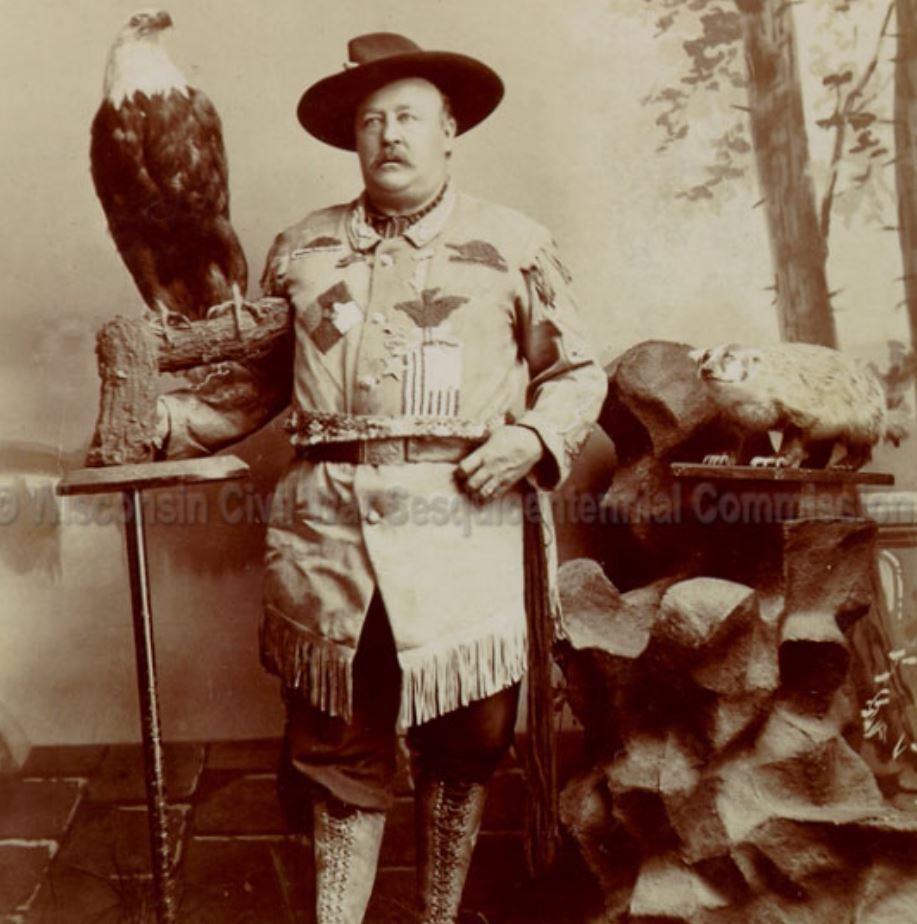
Carried by the 8th Wisconsin Infantry from 1861 to 1864, Old Abe flew above more than 30 engagements and became a national emblem at fairs and parades. His image later inspired insignia that linked an eagle’s head to U.S. soldiers, preserving Civil War memory in modern units. Newspapers covered his appearances, and fundraisers used the bird to draw large crowds. Old Abe’s presence turned a state regiment’s mascot into a national figure, showing how battlefield symbols can shape civic identity long after the guns go quiet.
2. Cher Ami, the Messenger Pigeon
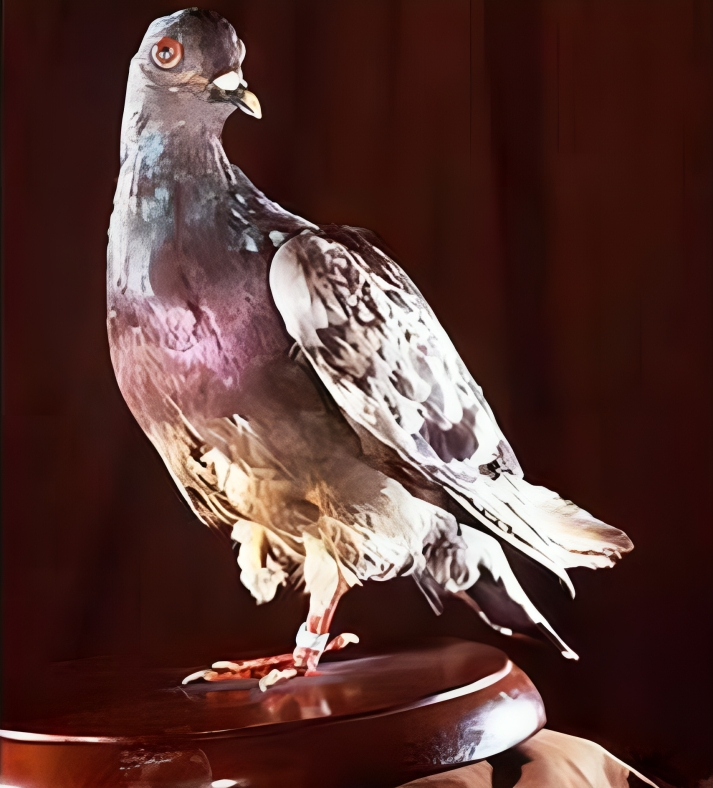
On October 4, 1918, during the Meuse Argonne offensive, homing pigeon Cher Ami carried the message that saved the Lost Battalion, which was taking friendly fire in the Charlevaux Ravine. Despite wounds, the bird delivered coordinates that stopped shelling and guided rescue. The exploit earned French honors and entered U.S. training manuals as proof that redundant communication saves lives when radios fail. Museum displays of the preserved bird kept the story alive for students, linking a small messenger to a large tactical correction.
3. Sgt. Stubby, World War I Dog
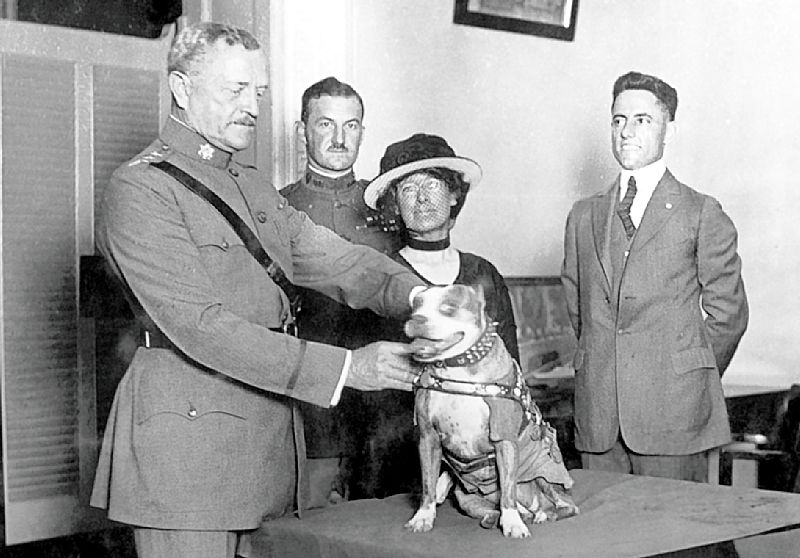
Found on a Connecticut drill field and smuggled to France in 1917, Stubby alerted troops to gas, located wounded men, and helped capture a German infiltrator. The dog received a uniform with campaign patches and boosted bond drives after the war. Newspapers ran his tour schedule, tying a friendly mascot to home front fundraising. Stubby’s service demonstrated the value of trained dogs for detection and morale, leading later units to formalize roles for canines. A single stray proved that organized K-9 work could save lives.
4. Togo, the Serum Run Leader
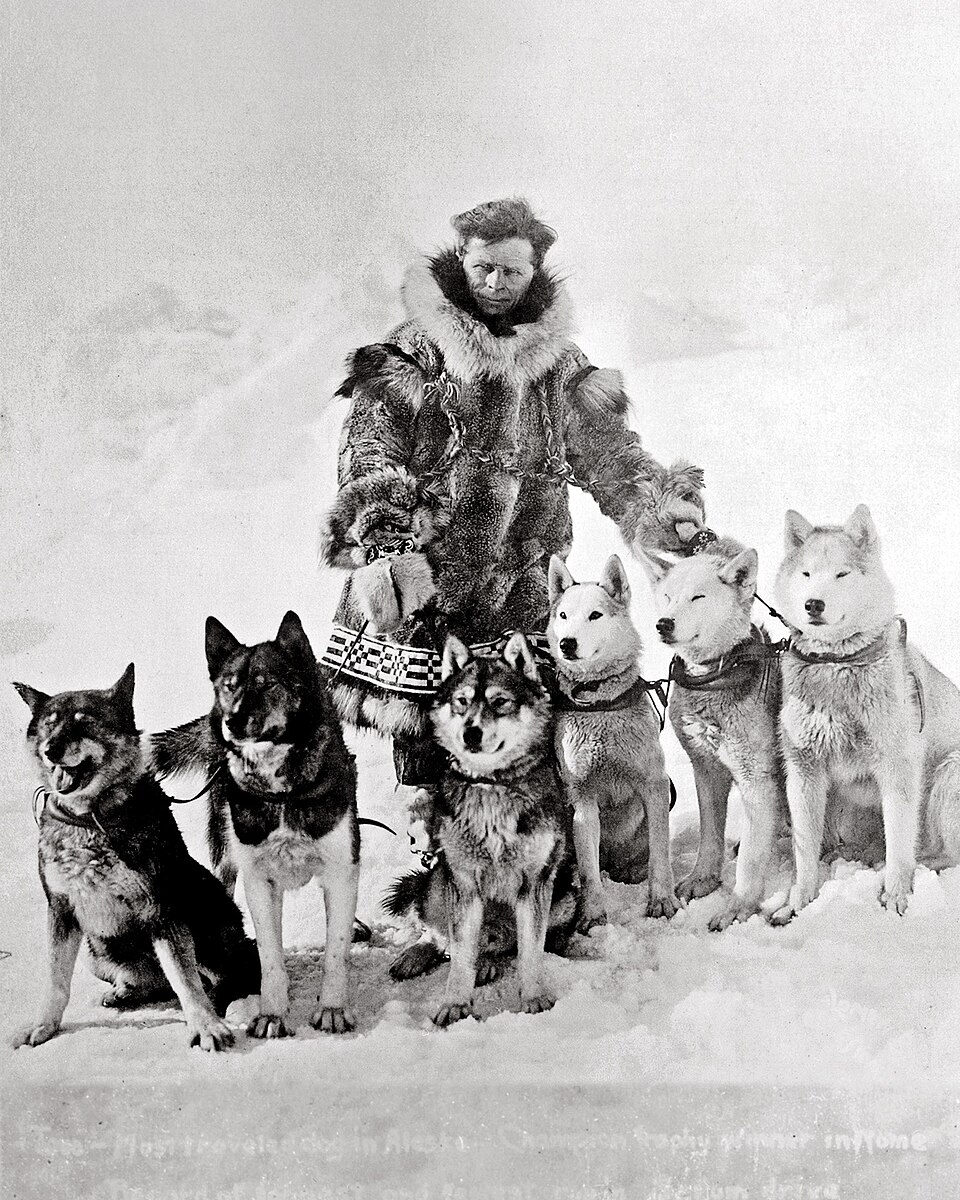
In January 1925, musher Leonhard Seppala’s lead dog Togo guided a team across the longest and most dangerous stretches of the Nome diphtheria serum relay, including a stormy crossing of Norton Sound. Their mileage far exceeded any other team’s during the crisis. The success showed how sled networks could beat winter blockades, and later inspired races that preserve mushing skills. Togo’s work also shaped how the public understands lead dogs as decision makers, not just power, in whiteout conditions where human visibility failed.
5. Balto, the Anchorage to Nome Closer
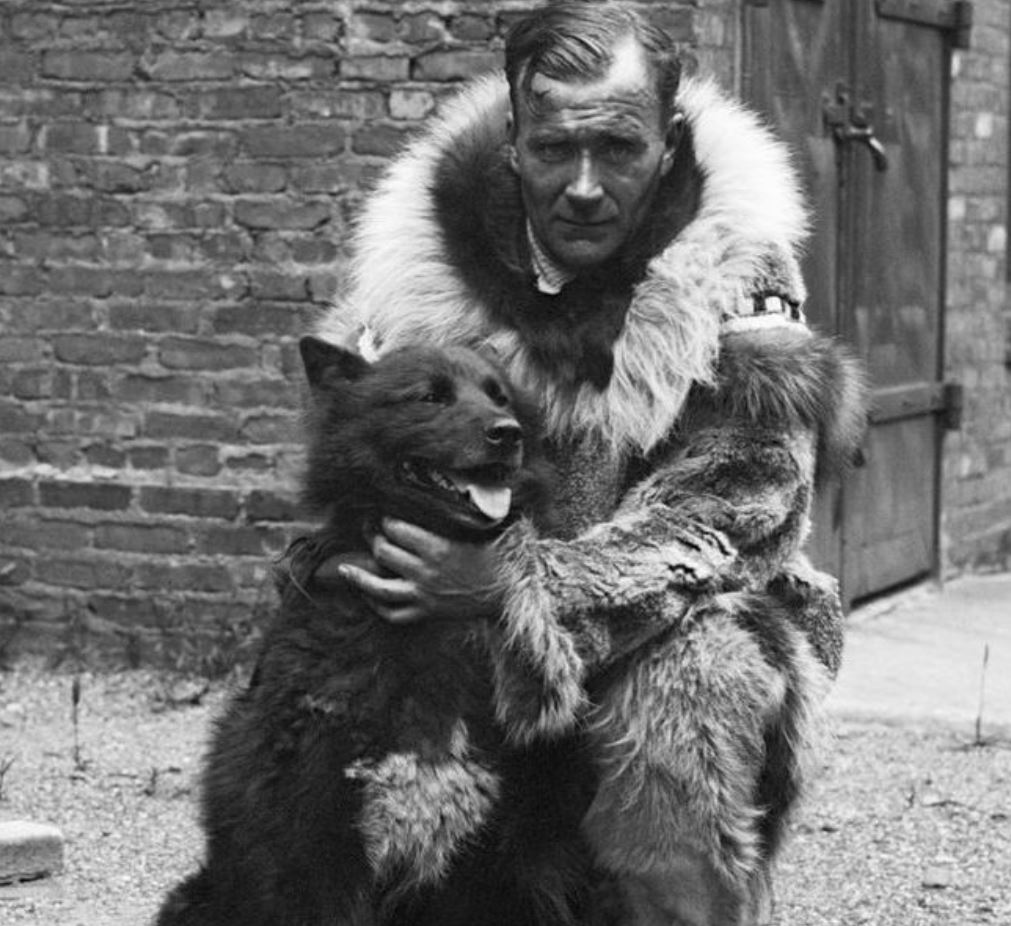
On February 2, 1925, Balto led Gunnar Kaasen’s team into Nome with antitoxin after the final relay leg, delivering the vials that ended the immediate emergency. National headlines credited the arrival, and a statue in New York’s Central Park quickly followed, turning a working dog into a public health icon. While other teams covered longer miles, Balto’s late night finish framed the story for urban audiences and drew donations for northern hospitals. The statue still teaches how logistics, not just heroics, end outbreaks.
6. Seabiscuit, the Depression Era Racehorse
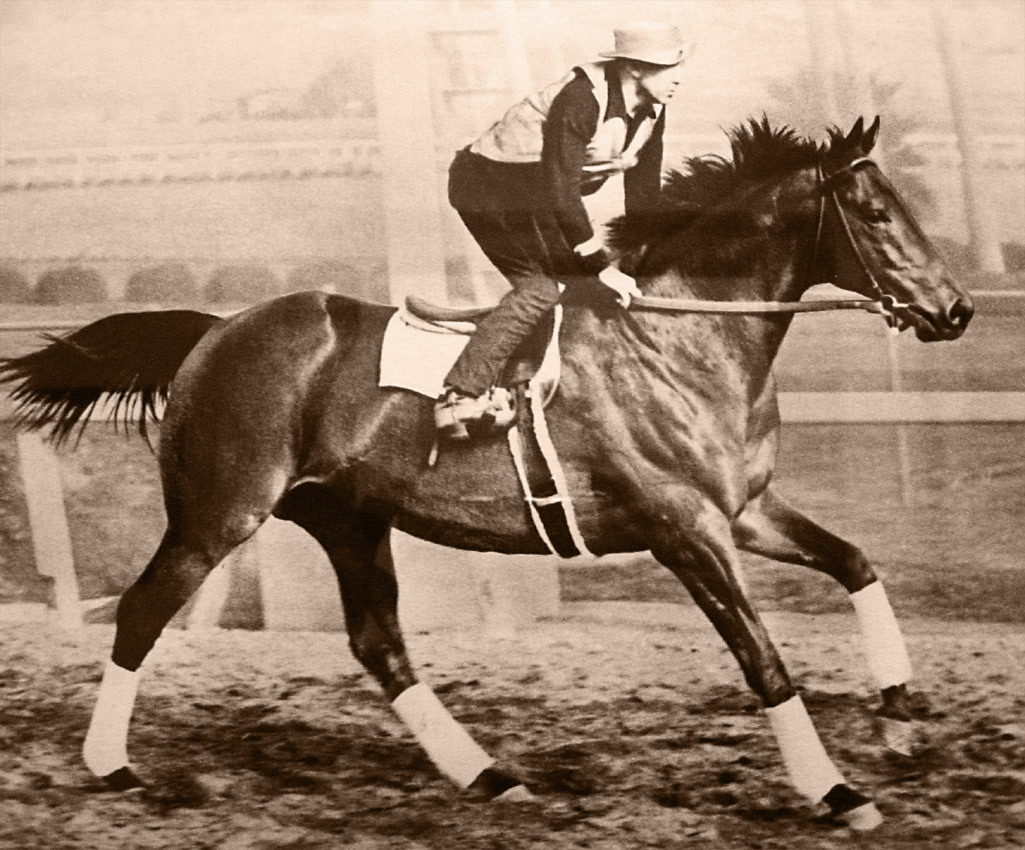
A small, late blooming thoroughbred, Seabiscuit became a national favorite by 1938, culminating in the match race victory over War Admiral at Pimlico. Radio broadcasts brought the sound of the crowd to living rooms and factory floors, giving a weary country a shared win. Betting records and attendance numbers documented the boost. The horse’s long comeback after injury modeled patient training methods still cited by historians of the sport. A single racehorse briefly unified listeners across regions and incomes in measurable ways.
7. Rin Tin Tin, the Studio Saver
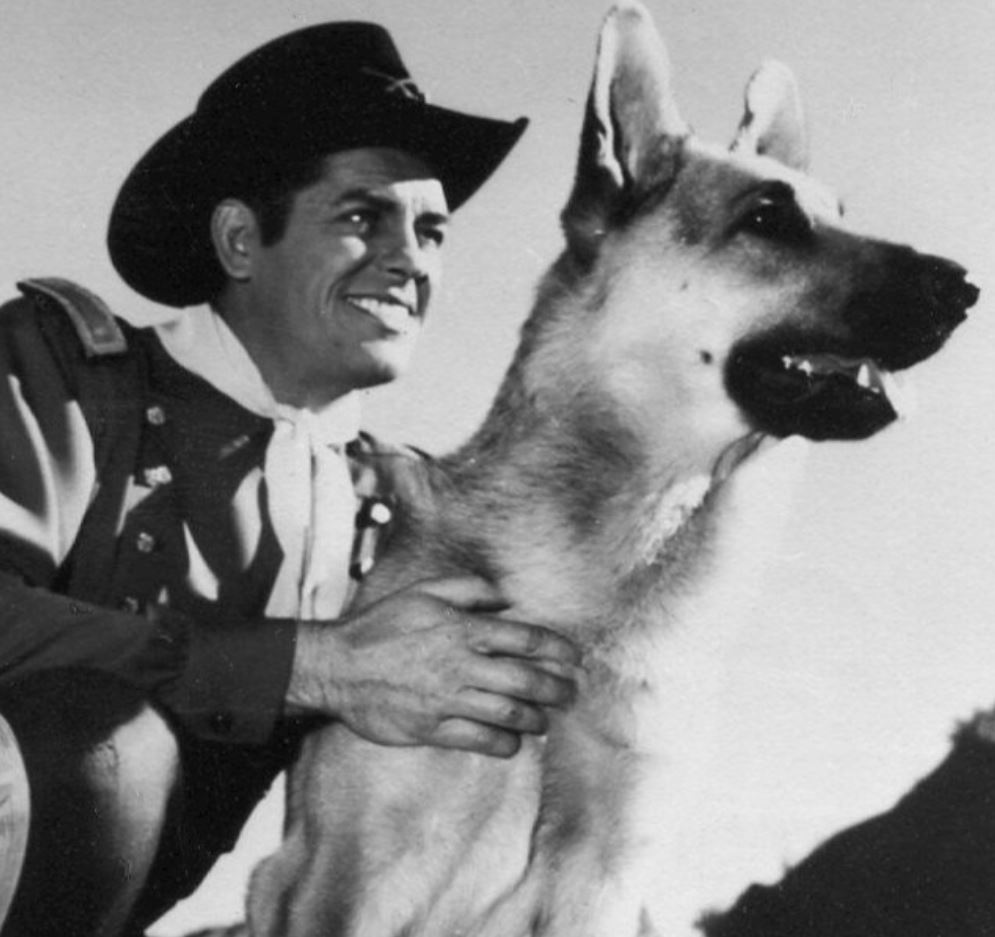
Rescued as a German shepherd puppy during World War I, Rin Tin Tin starred in silent films through the 1920s and helped steady Warner Bros during lean years. Box office receipts showed a reliable draw, and the dog’s stunts set a template for trained animal acting. The success funded riskier projects that pushed sound technology into features. Rin Tin Tin proved that skilled animal performers could anchor serious production schedules, not just comic shorts, changing casting and training in early Hollywood.
8. Smokey Bear, the Fire Prevention Symbol
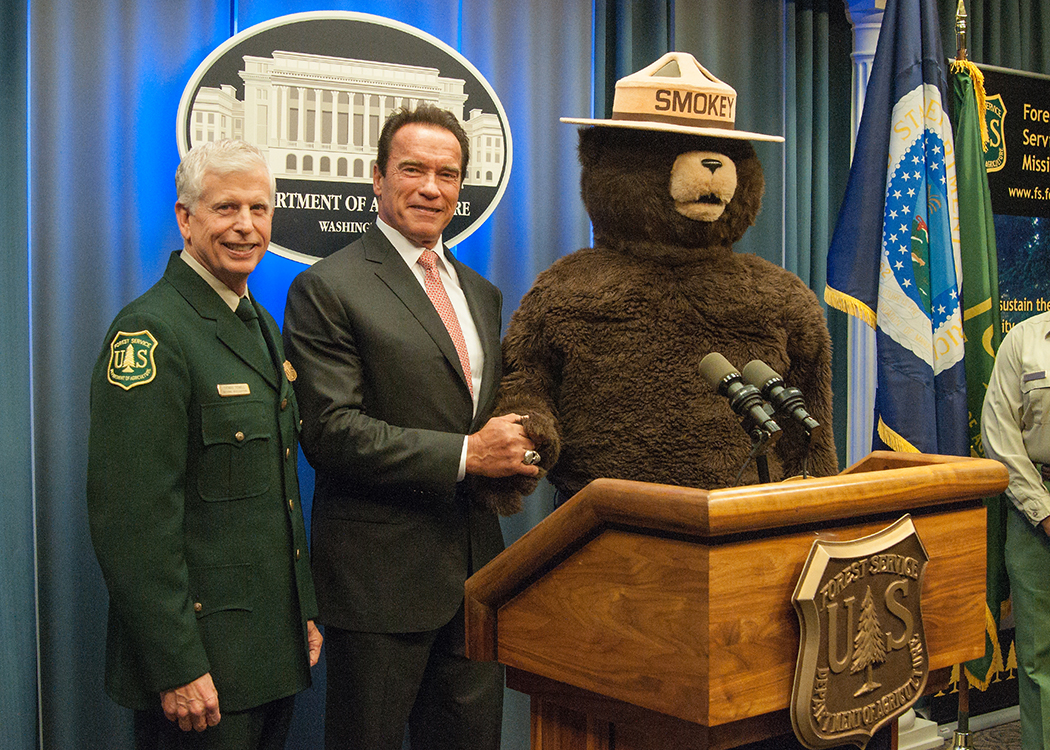
After a 1950 New Mexico wildfire, a burned bear cub rescued from a tree became the living face of an existing federal campaign. The cub moved to the National Zoo, where public visits and mail reinforced the message that careful humans prevent most wildfires. Posters and classroom talks linked the mascot to season-by-season safety steps, from cold ashes to safe campfires. The image standardized a set of instructions that land managers and schools still use, turning a rescue into lasting prevention habits.
9. Ham, the Mercury Chimpanzee
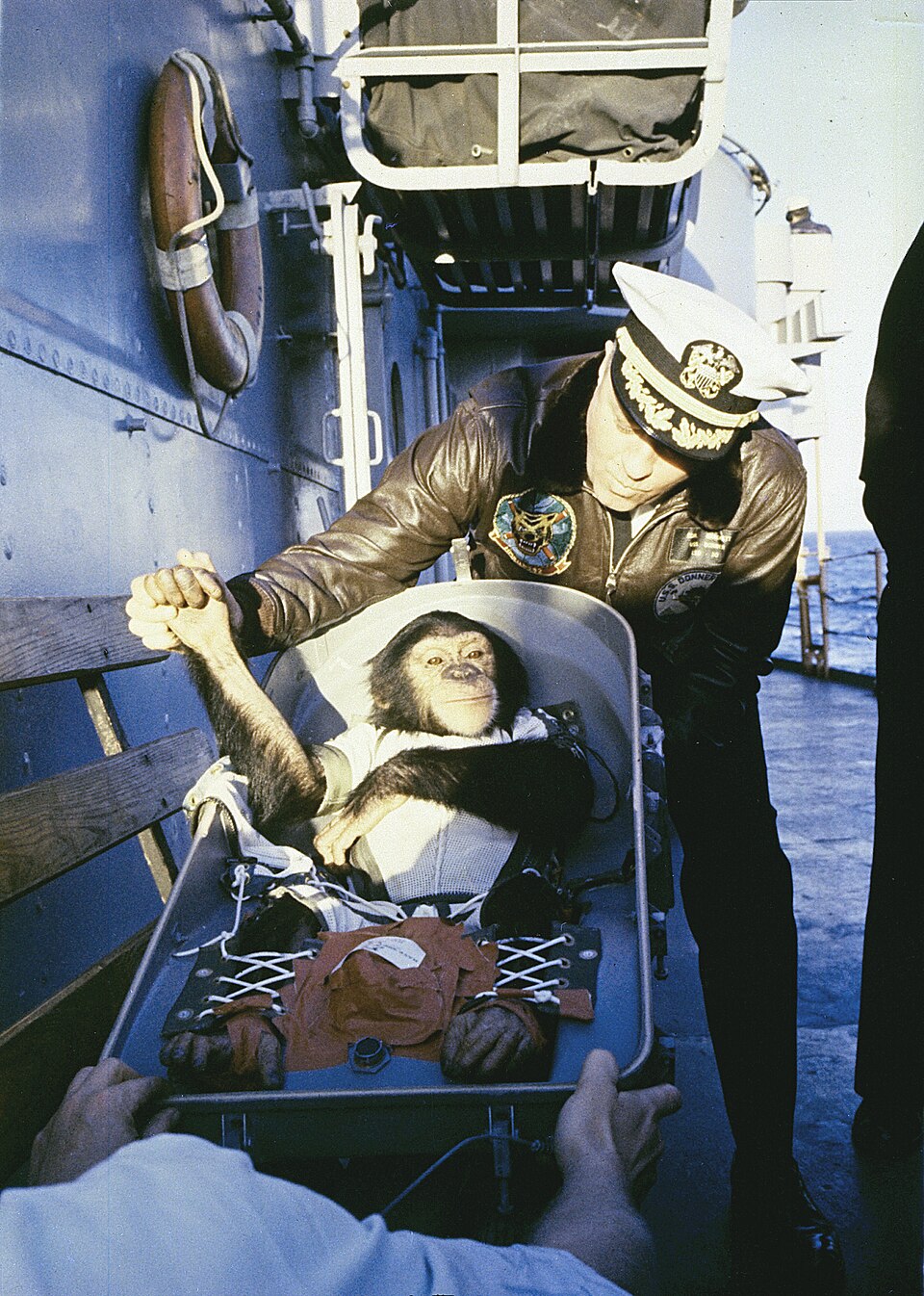
On January 31, 1961, Ham flew a 16-minute suborbital mission on Mercury Redstone 2, performing lever tasks that proved primates could work during launch acceleration and weightlessness. Telemetry compared his reaction times before and during flight, data that supported sending Alan Shepard into space three months later. Ham’s safe recovery showed that abort systems and splashdown procedures functioned under real stress. The mission turned theory into measured performance and helped close the final gap between animal tests and human flights.
10. Buddy, America’s First Guide Dog
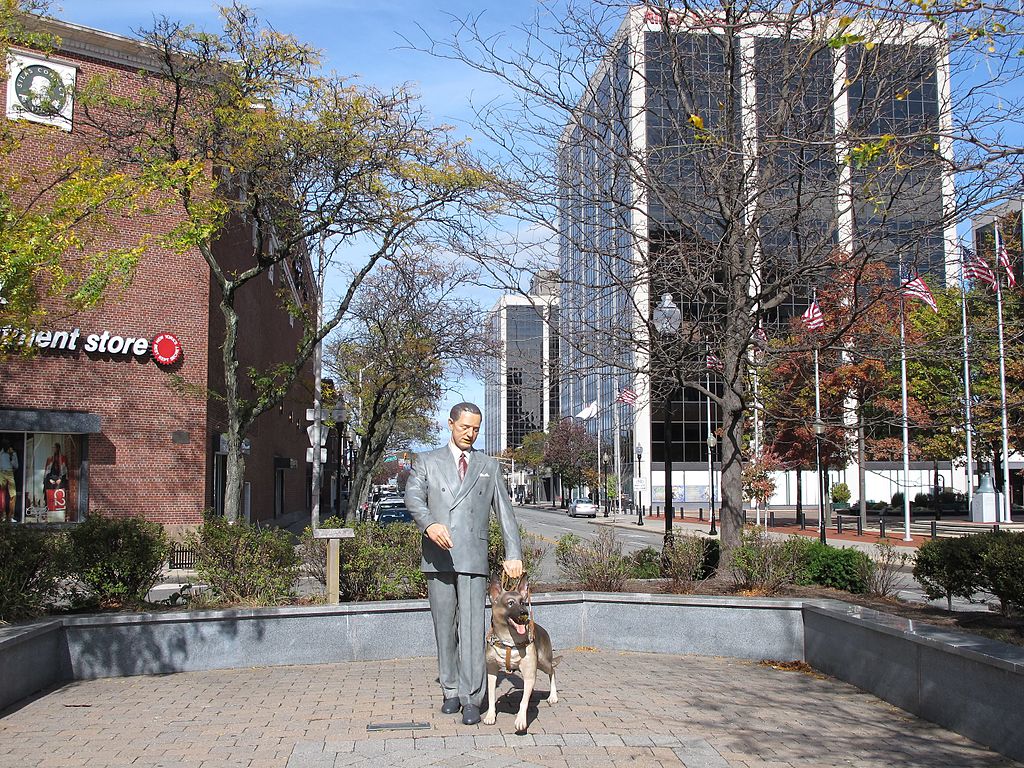
In 1928, Morris Frank crossed New York’s streets with Buddy, a German shepherd trained through methods introduced by Dorothy Eustis. Their walk demonstrated reliable mobility for blind pedestrians and led to the founding of The Seeing Eye in New Jersey. Training protocols, harness designs, and urban route planning developed through that program spread nationwide. Buddy’s public demonstrations moved opinion from charity to access, paving the way for guide dog rights in transit and public buildings and expanding independent travel for thousands.
